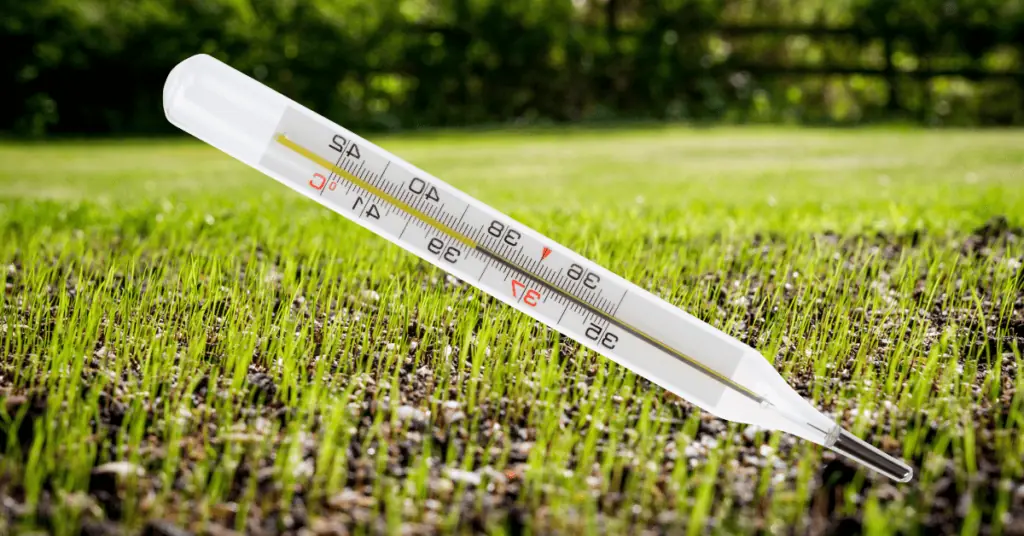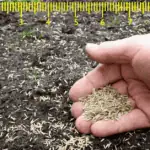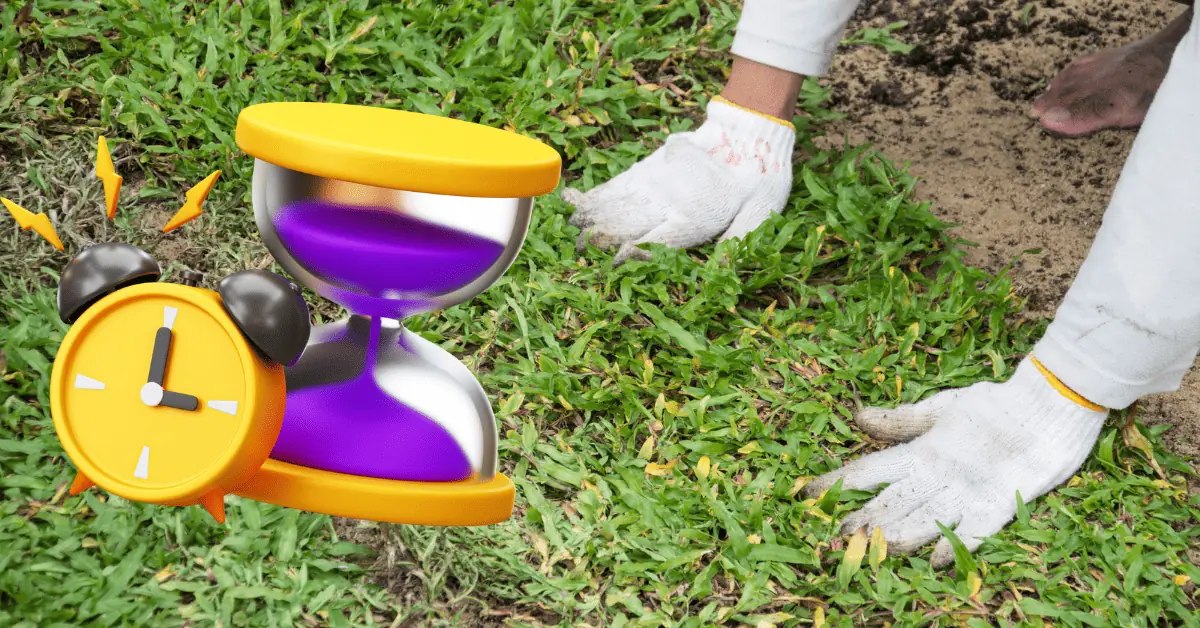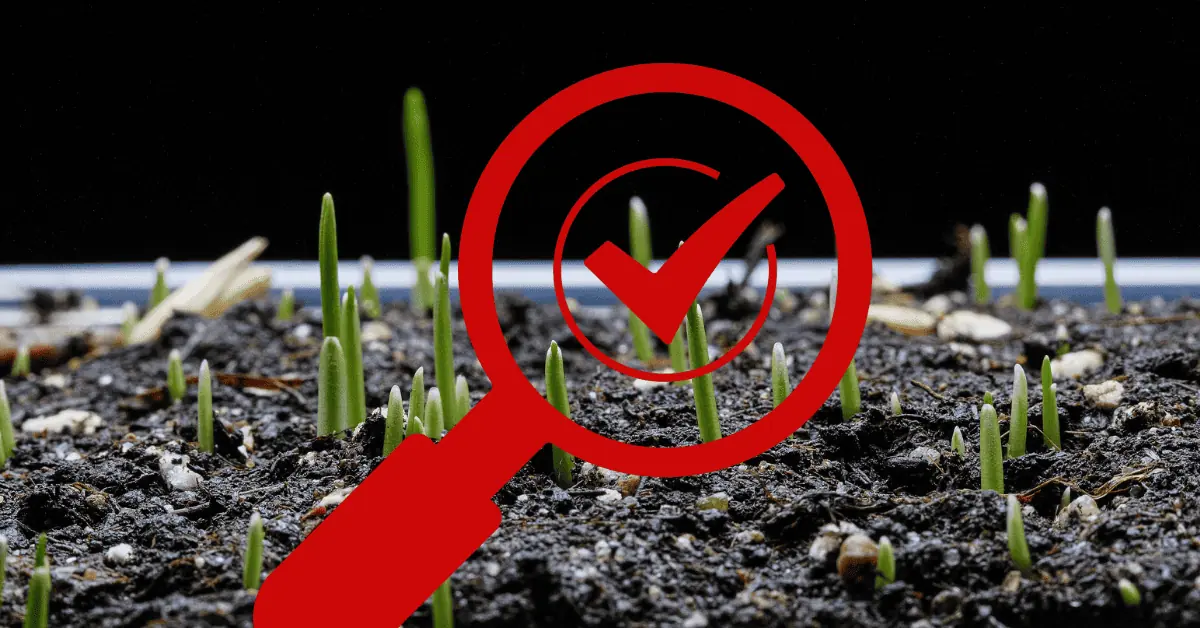Many things go into growing a yard from scratch. You purchase the expensive seeds, prepare the land, and plant the seeds. Planting the seeds isn’t as easy as it seems, and you must wait for suitable temperatures. If you sow while the temperature is inappropriate, it can go dormant or germinate poorly.
It’s imperative to understand that there are different temperatures for planting various grass types. Cool-season grasses won’t thrive in the warm season, and warm-season grasses won’t flourish in the cold seasons. Your crops will grow more healthily if you understand these facts and act accordingly.
This article will educate you on all you need to know about temperature for grass seed germination. You’d learn about the classifications of seeds and the right weather to plant them. It’d also teach you essential tips on how to aid the germination of your newly planted grass seeds.
What is the Temperature for Warm Season Grass Germination?
Warm-season grasses are those that thrive in warm temperatures. Examples of warm-weather grasses include Centipede, Zoysia, Bermuda, Bahiagrass, and St. Augustine grass.
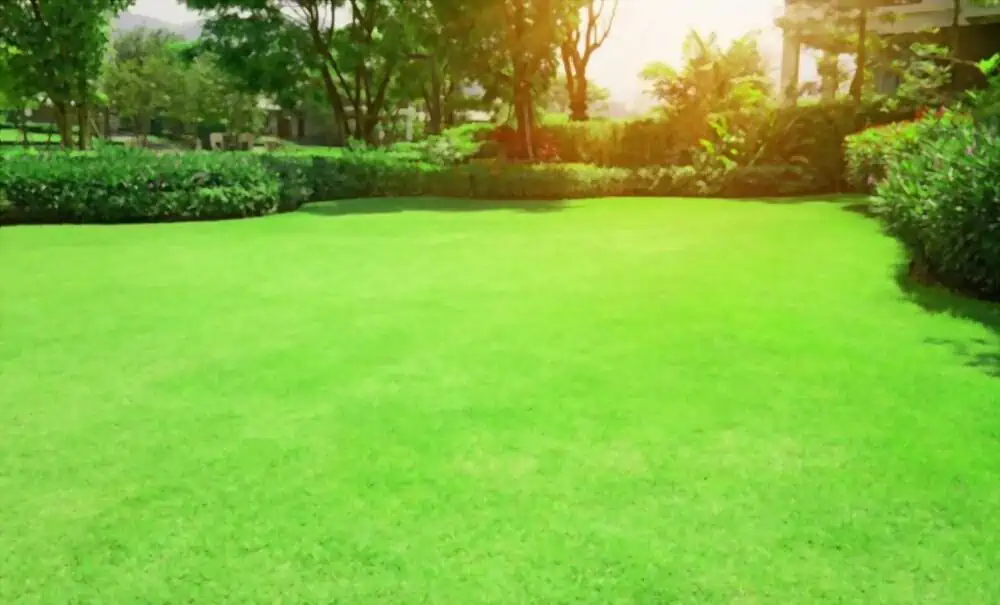
The best time to plant these grass types is in the late spring. In late spring, you’d be able to get the right balance of rain and warm soil. The ideal temperature to plant warm-season grasses is 18.3∘C-21.1∘C.
You need to get the air temperature right to plant your grasses. You should ensure the air temperature is at least -12.2∘C higher than the soil temperature. Therefore, the air temperature for planting warm-season grasses should be around 26.7∘C.
If you plant your seeds at the correct time, they’d have a suitable temperature to germinate. It’s best to put warm-season grasses into the earth when the frost has fully passed. The rule of thumb is to plant the seeds 90 days before the fall frost date in your area.
Measuring the temperature of your soil isn’t a hard thing to do. There are sand thermometers in almost every retail store that you can use to measure soil temperatures. You can use regular thermometers to measure surface temperatures.
What is the Temperature for Cool Season Grass Germination?
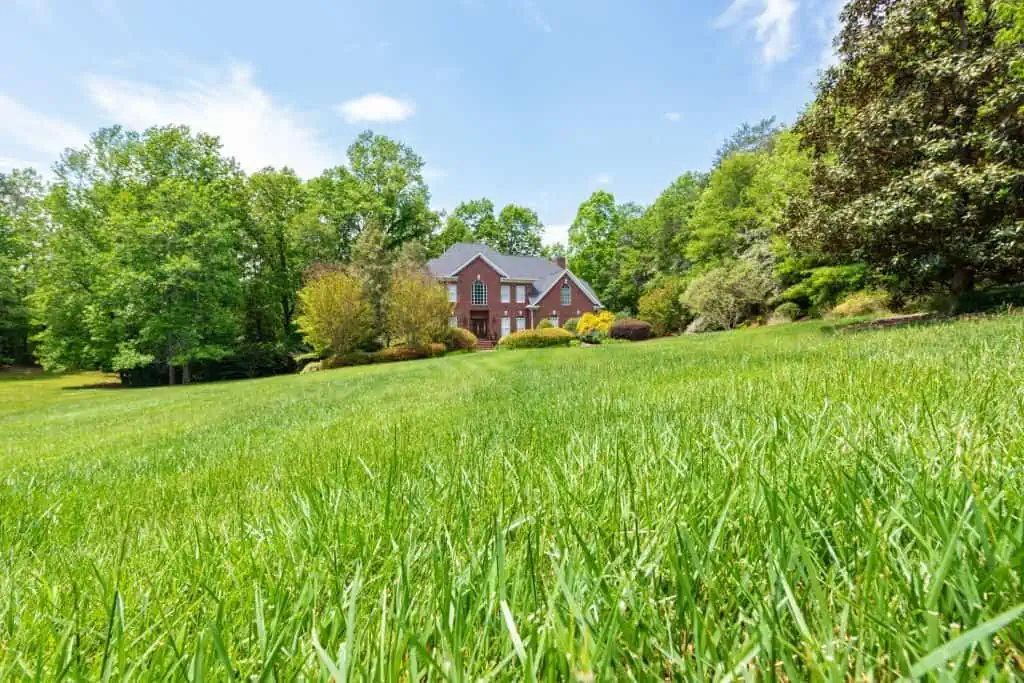
Cool-season grasses are the second classification, and they thrive more in cooler temperatures. Some examples are tall fescue, fine fescue, Kentucky bluegrass, and perennial ryegrass.
Cool grasses grow best in the fall or spring. Fall is the best time to plant them because the beginning will give you the correct temperatures to ensure your grass germinates appropriately. Plant your grasses at temperatures of around 10∘C-15.6∘C. The surface air temperature should be around 15.6∘C-23.9∘C.
If you’re unsure when to plant, find out a rough estimate of the time of the first fall frost and sow 45 days before it. Your grasses will have more time to germinate during the fall, and you’d have a healthy lawn. If you’d plant grasses in spring, you must be careful because weeds and overly cold after-spring temperatures can hinder germination.
What Happens If I Plant My Grasses At The Wrong Temperature?
Plant your grasses at the right temperature to enhance germination. The grasses will grow faster if you plant them under favorable conditions, and one of the best conditions is the temperature. Temperature influences the growth of a plant in many different ways.
If the soil temperature is warm, it has more energy which the grasses can use for vital chemical processes. It enhances photosynthesis which makes the plants grow healthier and more powerful. A suitable sand temperature also allows for the movement of water.
You can also expose your grasses to the risk of diseases if you plant them at the wrong time. Fungal infections thrive more when your grasses are vulnerable, which is what happens when they try to grow under unfavorable conditions.
How to Prepare the Soil for Grass Seed Germination?
If you plant your grass seeds at the correct temperature on bad soil, the grass will grow poorly. Therefore, it’s imperative to ensure that you prepare the soil adequately before sowing the seeds. The first step of soil preparation is to ensure it’s free of rocks, weeds, or debris.
Add fertilizer to the soil to improve the quality. The next step should be to loosen it around six inches deep using a tiller or shovel. It will let the soil better accommodate water to help the grasses have strong and healthy roots.
It’s also necessary to add compost, manure, and any type of slow-release fertilizer to help enhance growth. After performing all these actions, the next step is to sow your grass seed. There aren’t any difficulties with this aspect; spread them on the lawn.
The amount of seed you plant per square foot is also essential. If you plant too many seeds in an area, there won’t be enough nutrients. At the same time, planting less than the required amount in your space would amount to a poor-looking lawn. You can check the packaging instructions to know the amount you need to sow.
How to Care for New Grass Seed?
How you care for them after planting your grass seeds can make or mar their growth. The seeds need water when you plant them, but you should do it in moderation because too much water will wash them off.
Water the seeds daily, especially if you plant them during the dry season. Avoid watering the plant midday when the sun is high because most of the water will just evaporate, and the grass won’t be able to use them.
When you start cutting your crop is also essential. It’s best to avoid mowing the grasses until they’re two months old. At that time, the grasses would’ve germinated enough to withstand pressure. When you start trimming for the first time, you should do it carefully because they’re still in their early lives to avoid harming the plants.
Fertilizing is another crucial aspect when caring for new grass seedlings. You should water the seeds once weekly. The fertilizer packaging will contain the required amount for your newly planted grass.
Weeds are a threat to new plants, but it’s up to you to ensure they don’t deal any significant damage to your plant. Pre-emergent herbicides are okay for fighting weeds, and post-emergent herbicides if they’re too stubborn. Be careful when using post-emergent herbicides to avoid getting the wrong guys.
Lawn Care Tips Every Homeowner Should Know
It’s good for your grasses if you know when and how to plant cool and warm-season grasses. However, some essential lawn care tasks would help your grass germinate better. Soil testing is one of these tasks.
It’s just checking if your solid is in good condition or needs vital nutrients. Correct any soil issue you discover with lime, sulfur, or correction fertilizers.
Aeration is another essential task you should include on your calendar as a concerned homeowner. Here, you make small holes in the grass to enable air and nutrients to pass through it. You should aerate your grasses around August before planting new grass seeds.
Conclusion
Plant your cool-season grasses at 10∘C-15.6∘C and warm-season grasses at around 18.3∘C-21.1∘C. The suspended air temperature should be -12.2∘C higher for both grass types, around 15.6∘C-23.9∘C for cool-season grasses and 26.7∘C for warm-season grasses. You can use a soil temperature to measure the temperature of your soil anytime.
Aside from planting your grasses at the right temperature, it’s best to observe other pre-plant and after-plant care for your grasses. Prepare the solid properly and care for your new seedlings like the baby they are.
If tending to your new grasses sounds complex, or your schedule won’t allow it, you can approach lawn care professionals. These people will help you grow a world-class lawn from scratch, and your home will look fly with little or no effort on your part. However, be prepared to spend more than you would if you go the do-it-yourself (DIY) route.
